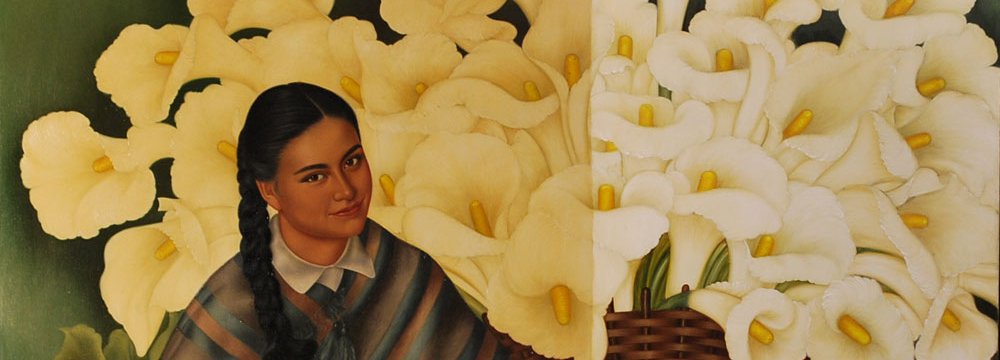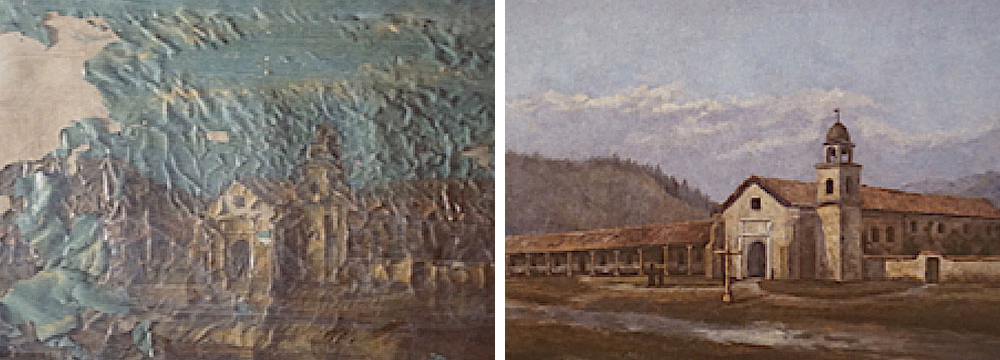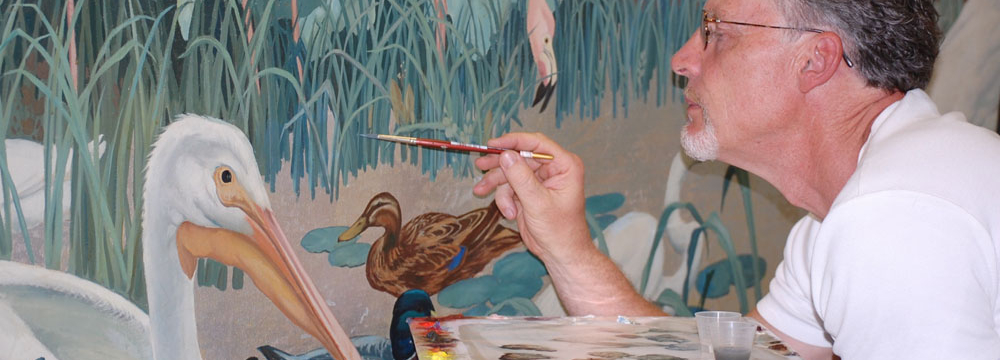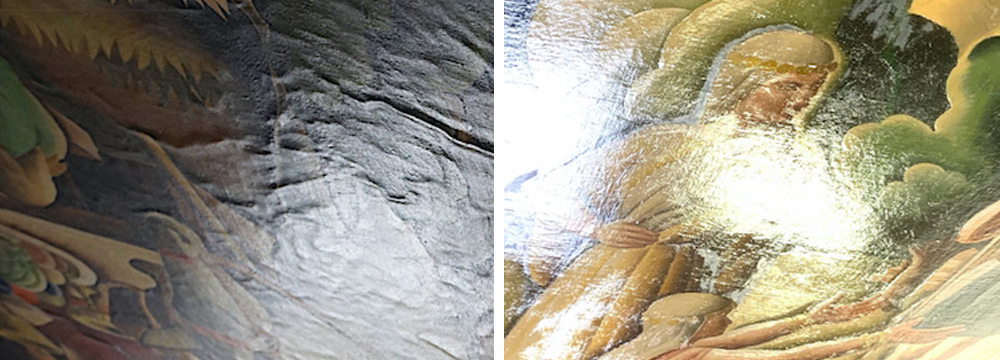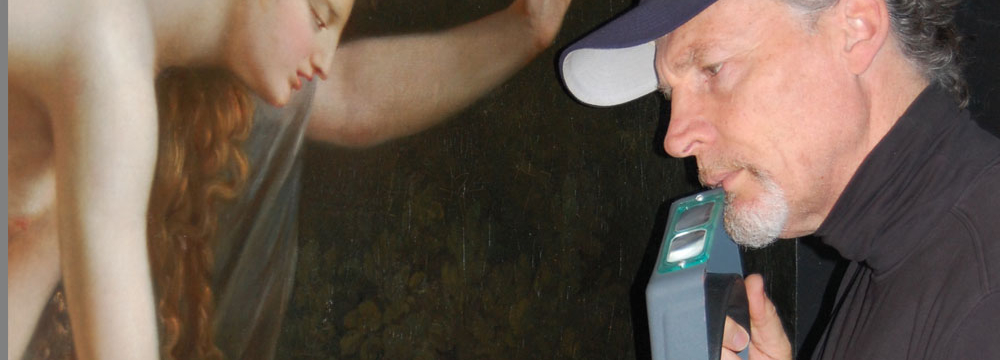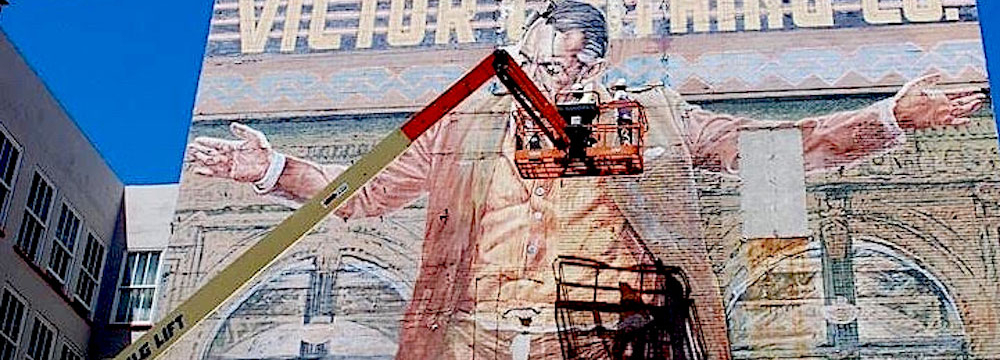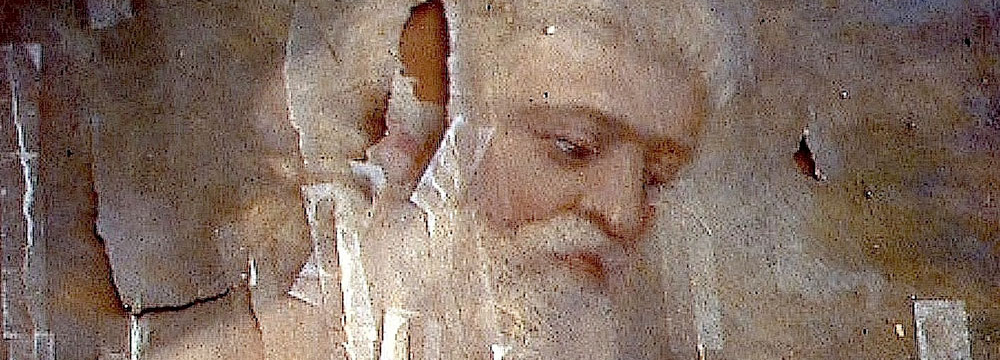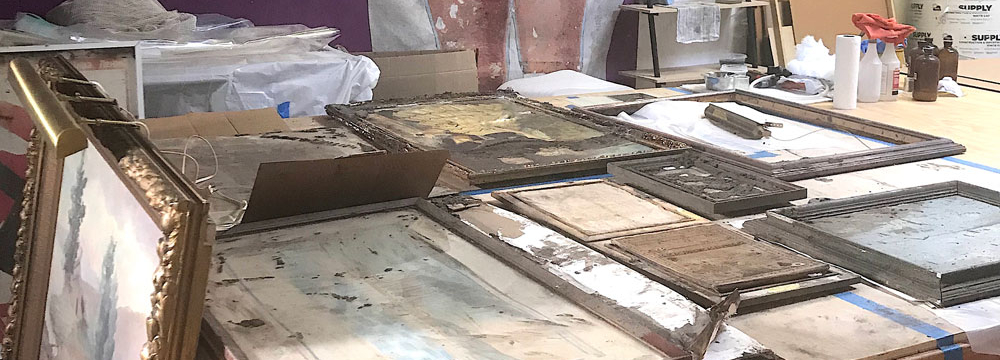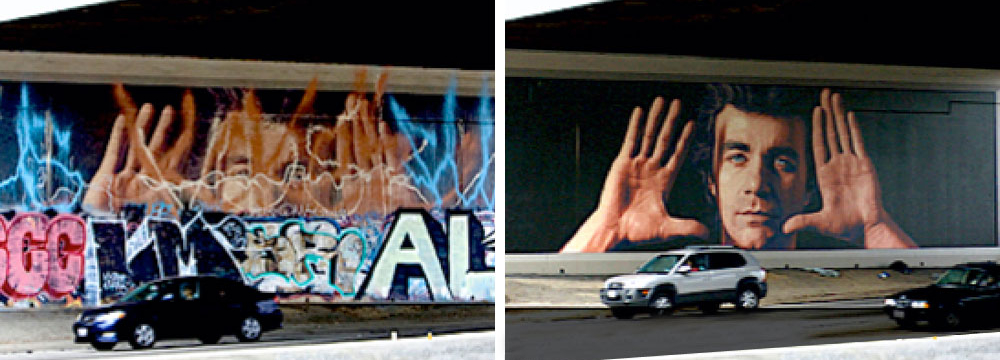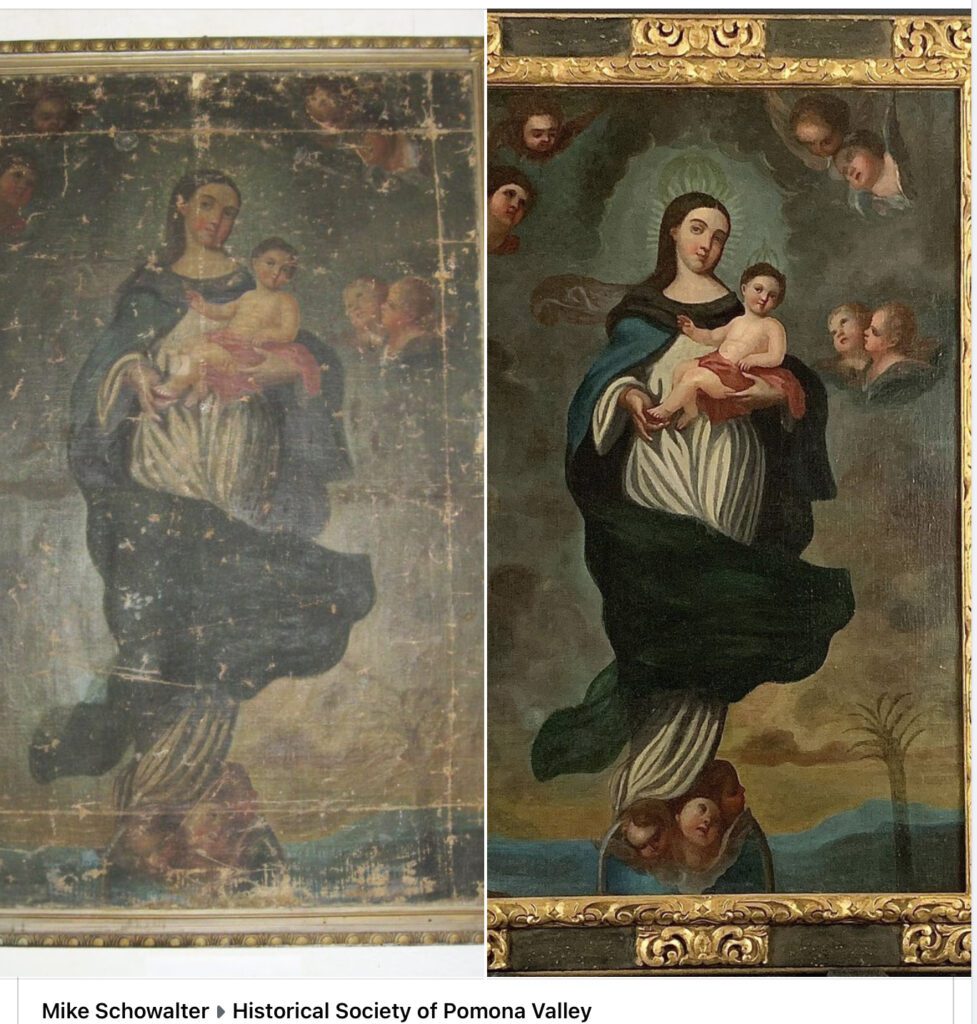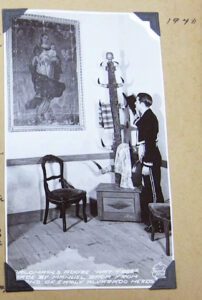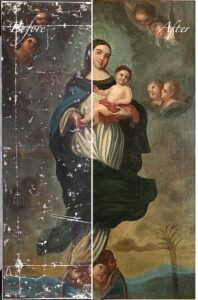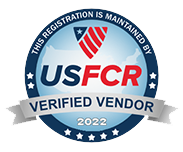Meet “Nuestra Senora De Los Angeles” from the Historical California Spanish Ranch Vejar Chapel
After two centuries, Vejar chapel painting looks like new once again
See Daily Bulletin News Article: https://www.dailybulletin.com/2021/07/19/after-two-centuries-vejar-chapel-painting-looks-like-new-once-again/?fbclid=IwAR0KD0WmIR5Q36s3TUpYHMdHkox0BaeIncJzLot6xkRLrNMqsrdO3ixJuBs
This article has been syndicated at www.NewsReleaseWire.com/257855 What does it mean to be syndicated? See end of article.
Of course, all of the work that we perform saving, preserving and restoring paintings (including murals) is a team effort. Great credit for this excellent result for the extremely important and historic early painting in California‘s history goes to Virginia Panizzon, Senior Paintings Conservator with collaboration from Juliann Stephenson, Painting Conservator and several others. We also congratulate Jorge Santos for the exceptional Spanish cColonial reproduction frame which was custom-made.
A couple of days ago a well attended and very excited celebration and inauguration was held by the Pomona Valley Historical Society at the Palomares Adobe to receive back the very important painting of a Madonna and Child which had undergone extensive heart conservation treatment. The process of rallying support and finding funding was an excellent example of what can be done in a small historical society to be dynamic in their activities that energize their members and be proactive in their purposes.
I was asked to post the treatments we performed on this project. Here is the summary: Interestingly, there is an archive photograph of this painting in 1940 and it looks to be in the same condition as when we received it for treatment.
It had been worked on previously, a couple of times, which included, over-aggressive cleaning, abundant repainting, at some point it was stretched smaller and then returned to its original size (as can be seen in the before photograph). We assume that at the time of it’s over-aggressive cleaning that the palm tree in the lower right and a crown on both the Madonna and the child were removed. In a very old newspaper article, it mentions that the painting was in a fire. Some heat damage of the thicker paint on the Madonna’s dress was visible. In the BC photograph, the palm tree is much more visible than could be seen with the naked eye and we were surprised to find it and the crowns with UV inspection. Under the stereo binocular microscope the traces of those removed details appeared to be original. Generally, the painting was very dusty, grimy, smokey-looking, pinpoint flaking, poor stretcher bars, 1920’s cheap frame.
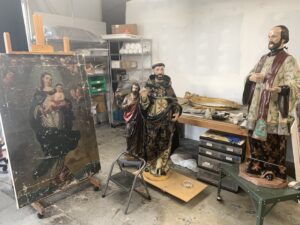
In the lab with painted wooden artifacts/sculptures of Catholic saints from Mission San Juan Capistrano.
First order of business was to stabilize the flaking with appropriate adhesives with heat on the vacuum hot table. Once we were more confident in the painting’s ability to withstand cleaning of the front and back, those treatments were undertaken after tests proved them to be safe for the artwork. The cleaning was undertaken with a series of techniques and solutions based on the sensitives. The lining was undertaken with Beva 371b with a polyester interleaf between the original fabric and the epoxy fiber plate (G10). The artwork was mounted onto new stretcher bars with an aesthetically pleasing loose lining (so as to not see the G10). Fills were undertaken with acrylic gesso; very controlled and accurate inpainting was accomplished with several techniques based on the best compatibility, optically (but no oil paint is ever utilized in our lab). The crowns and the palm tree were glazed to be more visible but no paint layers or details were invented to make them look as if they were undamaged and original. The initial vanish prior to inpainting was Regalrez and the final varnish is Laropal A81.
What does it mean that this article is “ syndicated”?
When something is published, usually by a news source, and is made available through different venues for redistribution then it is said to be syndicated. Publications that are syndicated are usually considered of value as being from an expert, educational, new worthy or valuable for wide popular interest. See syndication page at the renowned publicity site: www.NewsReleaseWire.com/258892
This website’s syndication included:
1) Included in the ExpertClick Press Room as a ‘press release.’ (different than a ‘news release’)
2) Included in the ‘Speaker Bureau Platform Page.’
3) Shown on the front page of ExpertClick, in rotation with other most recent posts.
4) Shown in the ‘News Release Results page.’
5) Included on optimized for searches on all my topics of expertise.
6) Shown via RSS linked from the Press Room. (A specific way news is actively distributed within the industry)
7) Shown in the full RSS feed from ExpertCick. (Another, different specific way news is actively distributed within the industry)
8) Syndicated to LexisNexis.com As of 2006, the company had the world’s largest electronic database for legal and public-records related information, distributor of academic content and expert opinion.
Mural Conservation Treatments and Historic Preservation Studies Discover Important Italian Artwork and History In The Garda Lake Area
See it at: www.NewsReleaseWire.com/257855
Questions? Call Scott M. Haskins, Virginia Panizzon Art Conservators 805 564 3438 faclofficemanager@gmail.com
